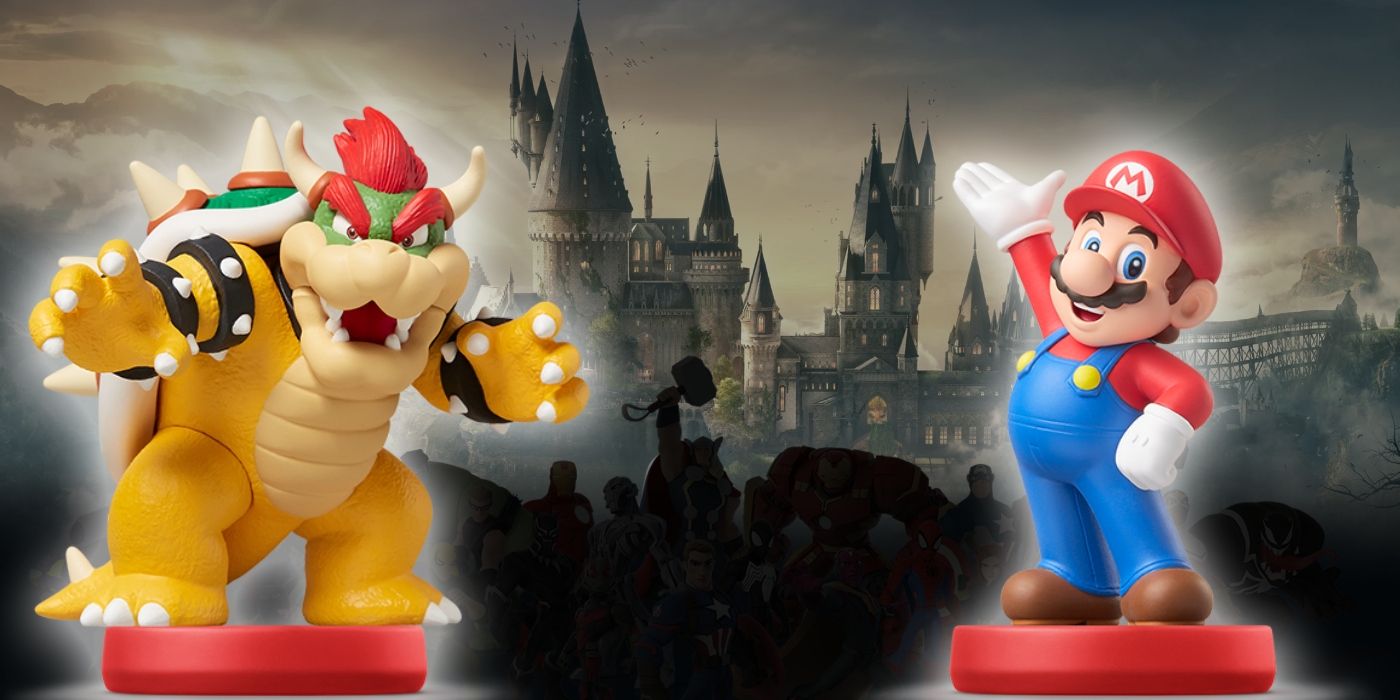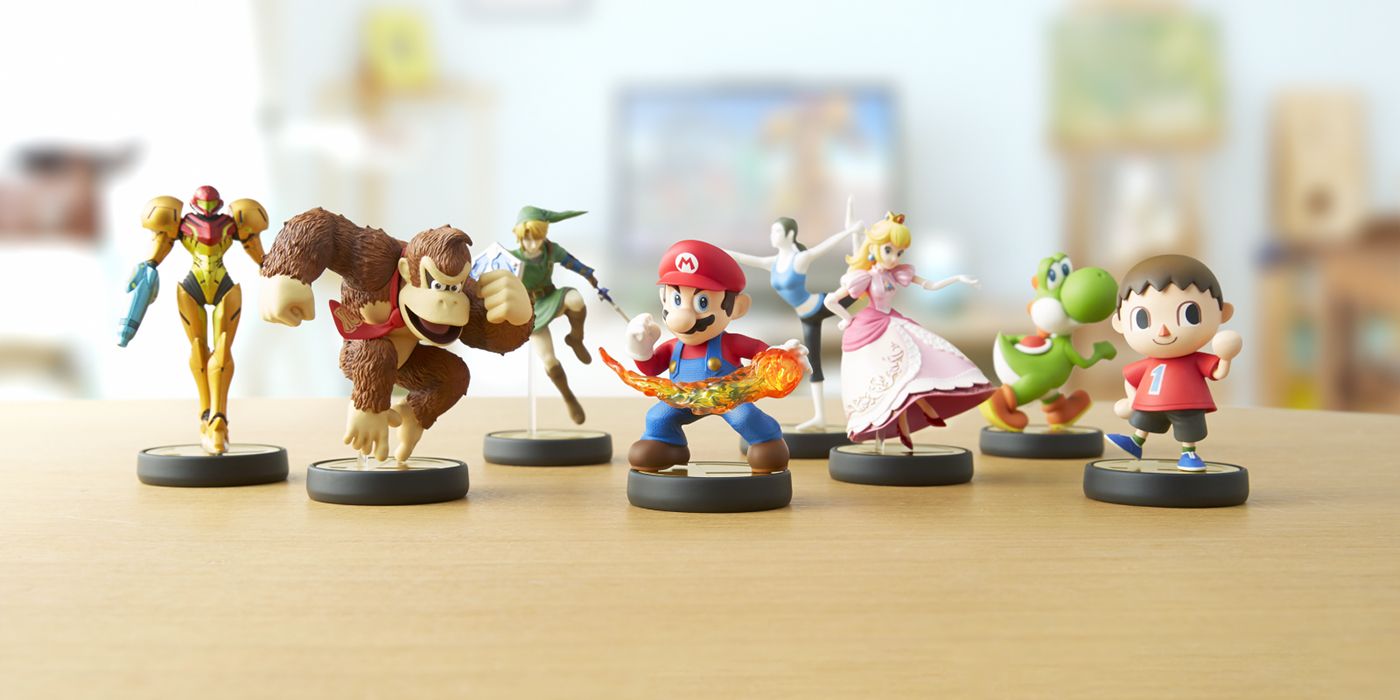It's important to remember the ongoing controversial statements by the creator of the Harry Potter franchise. CBR supports the hard work of industry professionals on properties fans know and love, and the wider world of Harry Potter that fans have adopted as their own. You can find CBR's continuing coverage on J.K. Rowling here.
Upcoming action RPG Hogwarts Legacy releases this week, and it has already garnered plenty of attention from the gaming community and Harry Potter fans. With the copious amount of preorders ahead of its release, the Wizarding World adventure is already a massive success for its developer, Avalanche Software. Although Avalanche is now fairly well-known thanks to the growing popularity of its upcoming title, the developer has a history that extends a bit further back than some may realize.
Before Hogwarts, Avalanche was primarily known for its popular action-adventure trilogy, Disney Infinity, a sandbox video game series that helped pave the way for Nintendo's step into the toys-to-life market: amiibo. Though not the only pioneer involved in the rise of the toys-to-life genre, Avalanche played a significant role in Nintendo's decision to develop amiibo, but it all started with a series by game developer Toys for Bob called Skylanders.
Skylanders Led to the Development of Disney Infinity
It was 2009, and the game studio Toys for Bob was working toward reviving the popular Vivendi franchise, Spyro the Dragon. However, the studio's President, Paul Reiche III, knew that simply bringing Spyro back wasn't likely to work, as previous attempts to revive franchises had not seen much success in the game industry. Reiche felt the Spyro revival needed more, so he shared the most outlandish concept with his team: the idea of bringing toys and games together.
The team then developed over 30 toy characters called Skylanders and the "Portal of Power," a device that used NFC (near-field communication) to import the toys into the game. The Portal of Power would scan an RFID (radio-frequency identification) chip embedded into the base of a Skylander, and then that character would appear in-game. It was a unique idea for its time, and many reviews praised the game's use of innovative technology when it was finally released in 2012 under the name Skylanders: Spyro's Adventure. The developer would go on to release five more Skylanders titles after that, along with over 100 Skylander toys.
In 2010, Hogwarts Legacy developer Avalanche Software released Toy Story 3, a platformer game based on the film of the same name. Apart from the game's story mode, which followed the events of the film, the game included a Toy Box mode in which players could freely roam a fully-customizable western town. While most critics didn't care for the story mode, they praised the Toy Box mode, with sites like Eurogamer calling it "more entertaining and better realized than the 'proper' movie-based levels." This all led to Disney Interactive's president at the time, John Pleasants, challenging Avalanche to dream up their "biggest idea," and the team responded with the creation of Disney Infinity.
amiibo Was Nintendo's Response to Disney Infinity's Success
Disney Infinity (also known as Disney Infinity 1.0) was released in 2013 as a competitor to Activision's Skylanders. Although it received slightly-less positive reviews than Spyro's Adventure, it was praised for its open-world sandbox (Toy Box) mode, which was adapted from the successful mode of the same name from Toy Story 3. Like Skylanders, Infinity utilized collectible toy characters by making them playable in-game via NFC. Following the success of Infinity 1.0, Avalanche released two sequels, Disney Infinity 2.0 and Disney Infinity 3.0, with 3.0 being the most well-received of the three.
In June 2014, less than a year after the release of Disney Infinity, Super Mario developer Nintendo officially announced amiibo, yet another toys-to-life platform that uses NFC technology to allow physical figurines to interact with supported video game software. While Nintendo had already been using the Wii U's NFC with their action game Pokémon Rumble U, it wasn't until after the success of both Skylanders and Disney Infinity that the company began making big moves toward the toys-to-life market. Although its initial release of amiibo consisted of a limited amount of characters, the company continued creating them based on its most popular video game franchises, and as of today, Nintendo has sold over 77 million amiibo.
The widespread success that Avalanche has already seen with Hogwarts Legacy is more than enough proof that the game will outperform their Disney Infinity trilogy. However, it remains notable that the Infinity series helped inspire one of Nintendo's most beloved platforms: amiibo. There is little doubt that Avalanche will continue to surprise the world with its big ideas and innovative notions. After all, this developer has already proven what it is capable of accomplishing, so the world need only wait for what comes next.


